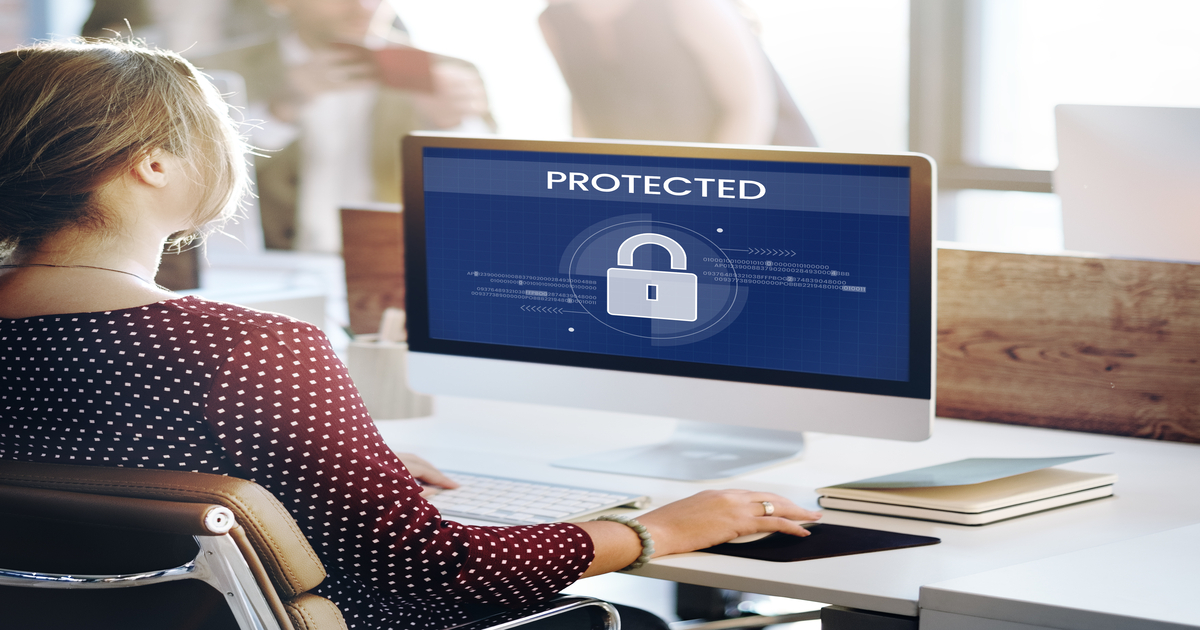Browsing Safely
In the ever-evolving digital world, cybersecurity has become a central concern for individuals and organizations alike. With increasingly sophisticated threats, it is crucial to adopt advanced strategies to navigate safely through the vastness of the internet. In this article, we will explore some of these strategies and essential practices to protect your data and ensure a secure online experience.
1. Awareness is the First Line of Defense
Before delving into advanced techniques, it is fundamental to emphasize the importance of awareness. Cyber education is the first line of defense against online threats. Understanding risks, recognizing phishing attempts, and being aware of the latest trends in cybersecurity are crucial steps. Promoting awareness within an organization or community is a vital investment in creating a culture of security.
2. Multi-Factor Authentication (MFA) – An Additional Shield
Multi-factor authentication (MFA) is an effective technique to reinforce the security of your online accounts. In addition to requesting the password, MFA requires a second form of verification, such as a code sent to your mobile device. This adds an extra layer of protection, even if your login credentials are compromised. It is an additional barrier that discourages potential intruders.
3. Software Updates – Stay Up-to-Date to Stay Safe
Keeping your software up to date is a basic yet often underestimated practice. Frequent updates often include essential security fixes for newly discovered vulnerabilities. Ignoring these updates leaves your door open to exploitation by malware and other attacks. Make sure to set up automatic updates to ensure that your operating system and all applications are always protected.

4. Virtual Private Network (VPN) – Creating a Secure Connection
Using a VPN is a valuable strategy, especially when connecting to public networks. A VPN creates an encrypted connection between your device and the server, making it difficult for third parties to intercept or monitor your data. This is crucial when accessing sensitive information, such as banking data, in public locations. Investing in a good VPN is a proactive step to ensure online privacy.
5. Continuous Identity Monitoring
Continuous identity monitoring is an advanced practice that involves constant surveillance of activities related to your online identity. Specialized services can alert you to any suspicious activity, such as attempts to open accounts in your name. This proactive approach allows you to take immediate action to prevent potential damage to your reputation and finances.
6. Next-Generation Firewalls – Layered Defense
Next-generation firewalls offer a more advanced approach to protection against cyber threats. Unlike traditional firewalls, these solutions not only examine network traffic but also analyze the content of packets. This enables early detection of threats and a quick response to suspicious activities. Implementing next-generation firewalls is an effective strategy for creating a robust layered defense.
7. Continuous Cybersecurity Training
Technology evolves rapidly, and cyber threats keep pace with this rhythm. Therefore, continuous cybersecurity training is crucial to staying updated with the latest trends and attack techniques. This is especially relevant for IT professionals and security teams, who play a vital role in protecting corporate systems. Investing in continuous training is an investment in resilience against emerging threats.
8. Regular Data Backups – Preventing Irreparable Losses
While prevention is the primary focus, it is essential to prepare for the worst. Regularly backing up data is a fundamental security practice. In the event of a ransomware attack or data loss, you can restore your information from the backup. Ensure to store backups securely and test the recovery capability regularly to ensure its effectiveness when needed.
9. Análise Comportamental – Identificando Anomalias
A análise comportamental é uma estratégia avançada que se concentra no monitoramento do comportamento normal dos usuários e sistemas. Ao analisar padrões de atividade, essa abordagem pode identificar anomalias que podem indicar uma possível violação de segurança. Implementar ferramentas de análise comportamental permite uma detecção mais rápida e eficaz de atividades suspeitas, contribuindo para uma resposta ágil a ameaças.
10. Resposta a Incidentes – Agilidade na Ação
Independentemente das medidas preventivas adotadas, é crucial ter um plano de resposta a incidentes bem elaborado. A resposta a incidentes envolve ações rápidas e coordenadas para conter, erradicar e recuperar após uma violação de segurança. Estabelecer uma equipe de resposta a incidentes, treinada e pronta para a ação, é essencial para minimizar os danos e garantir a continuidade das operações.

11. Criptografia de Dados Sensíveis – Protegendo Informações Confidenciais
A criptografia é uma ferramenta poderosa para proteger dados sensíveis contra acesso não autorizado. Implementar a criptografia de ponta a ponta em comunicações e armazenamento de dados garante que apenas destinatários autorizados possam acessar as informações. Isso é especialmente importante ao transmitir dados confidenciais, como detalhes financeiros ou informações pessoais.
12. Auditorias de Segurança – Avaliando a Postura de Segurança
Realizar auditorias de segurança regularmente é uma prática essencial para avaliar a postura de segurança de uma organização. Essas auditorias envolvem revisões detalhadas dos sistemas, políticas e procedimentos de segurança. Identificar e corrigir vulnerabilidades descobertas durante as auditorias fortalece proativamente as defesas contra possíveis ameaças.
13. Integração de Inteligência Artificial (IA) – Automatizando Respostas
A integração de inteligência artificial nas estratégias de cibersegurança permite a automação de muitas tarefas de detecção e resposta. Algoritmos de IA podem analisar grandes conjuntos de dados em tempo real, identificando padrões e comportamentos anômalos de forma mais eficiente do que métodos tradicionais. A automação impulsionada por IA melhora a velocidade e precisão na identificação de ameaças.
14. Sensibilização Contínua dos Usuários – O Fator Humano
Apesar das tecnologias avançadas, o fator humano continua sendo uma peça fundamental na cibersegurança. A sensibilização contínua dos usuários sobre práticas seguras, como não clicar em links suspeitos e manter senhas seguras, é crucial. Incluir a conscientização como parte integrante da cultura organizacional ajuda a criar uma frente unificada contra ameaças baseadas em engenharia social.
15. Collaboration in the Cybersecurity Community – Sharing Knowledge
Cybersecurity is a collective battle, and collaboration is essential. Participating in cybersecurity communities, sharing information about new threats, and best practices strengthen the global defense against attacks. The exchange of knowledge and experience among cybersecurity professionals contributes to a more effective response to evolving threats.
A Safer Cyber Future
By implementing these advanced cybersecurity strategies, individuals and organizations can create a robust line of defense against constantly mutating digital threats. Navigating securely in the digital world requires a holistic approach, integrating basic practices and advanced techniques to ensure continuous protection. With awareness, education, and the proactive adoption of advanced technologies, we can build a safer cyber future for everyone.
Did you like this topic? See more content about: Cybersecurity
SOURCE: swiss cyber





